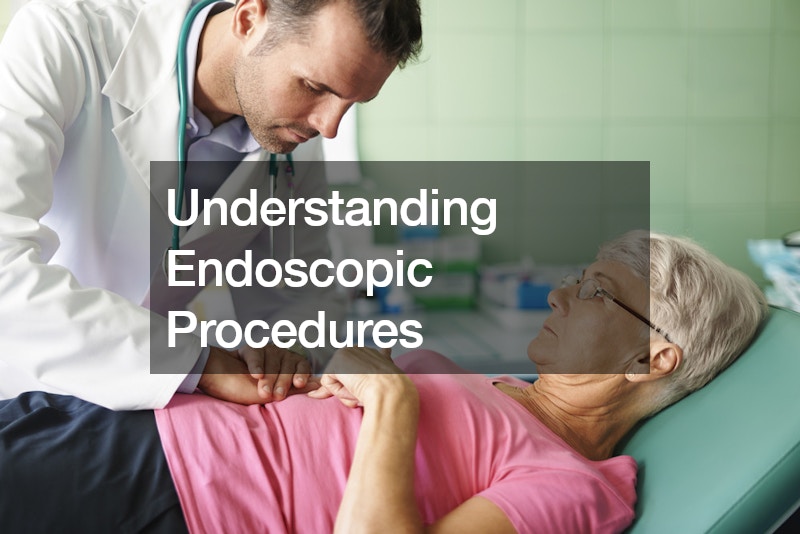Endoscopic procedures play a crucial role in modern medicine, offering physicians a non-invasive means to visualize and diagnose internal organ conditions. These procedures utilize endoscopes, which are long, flexible tubes equipped with cameras and lights, allowing for real-time imaging of the body’s interior.
Endoscopy is indicated for various clinical presentations, including difficulty swallowing (dysphagia), unexplained abdominal pain, heartburn, vomiting of blood, and unintentional weight loss accompanied by gastrointestinal symptoms. It is also useful in investigating respiratory symptoms and other unexplained conditions.
There are several types of endoscopic procedures, each tailored to specific areas of the body and medical needs. Upper gastrointestinal (GI) endoscopy examines the esophagus, stomach, and proximal small intestine, while lower GI endoscopy, or colonoscopy, focuses on the colon. Additionally, bronchoscopy visualizes the airways, hysteroscopy examines the uterus, and cystoscopy views the bladder. Endoscopic ultrasound provides detailed images of internal organs like the pancreas and enables biopsies.
The process of endoscopy may involve fasting before the procedure, bowel cleansing for GI endoscopies, and adjustments to medications like blood thinners to reduce the risk of bleeding. Patients may receive local anesthesia or sedation to alleviate discomfort during the procedure, which typically lasts 15 to 45 minutes depending on the indication.
Although generally safe, endoscopic procedures carry potential risks and complications, albeit rare. These include infection, organ perforation, bleeding, low blood pressure, and breathing difficulties. Wireless capsule endoscopy, a newer technique involving swallowing a small camera-equipped capsule, presents its own challenges, such as capsule retention or difficulty passing through narrow bowel segments.
In conclusion, understanding endoscopic procedures is vital for patients and healthcare providers alike. These minimally invasive techniques offer valuable insights into diagnosing and treating various medical conditions, contributing to improved patient outcomes and quality of care.
.



